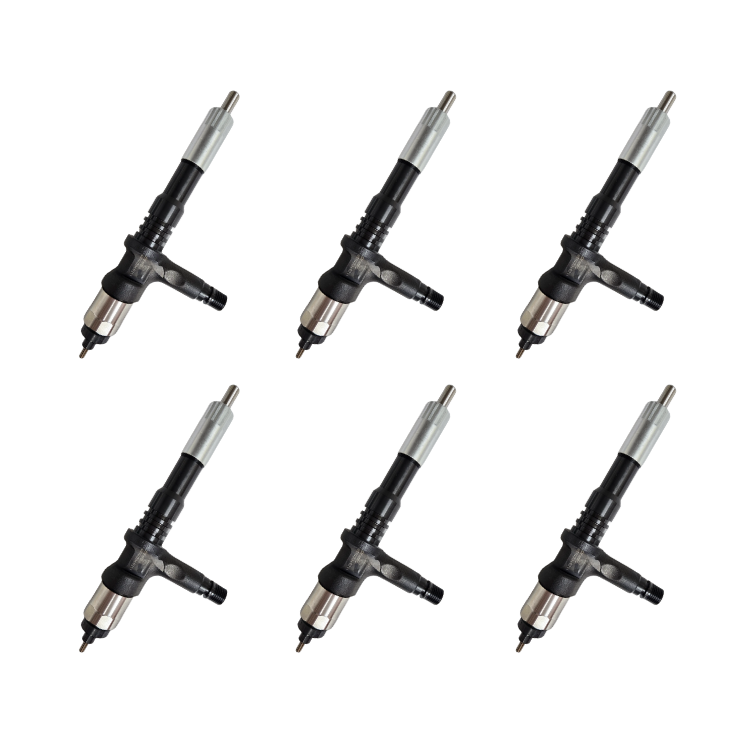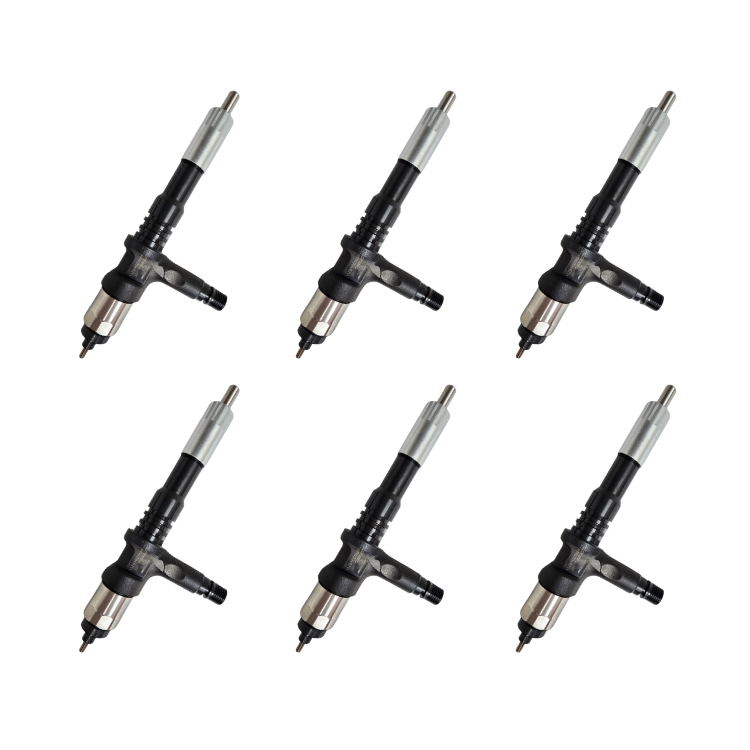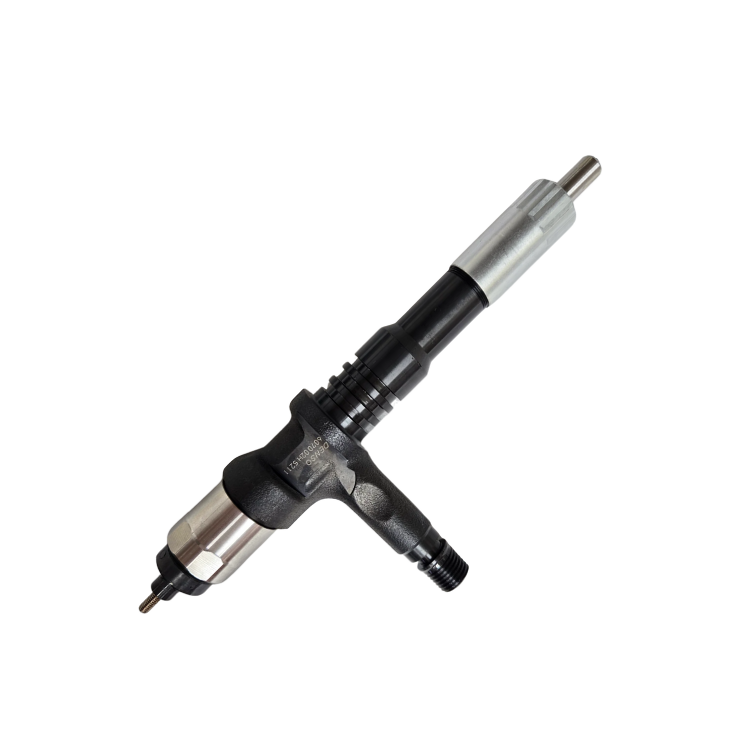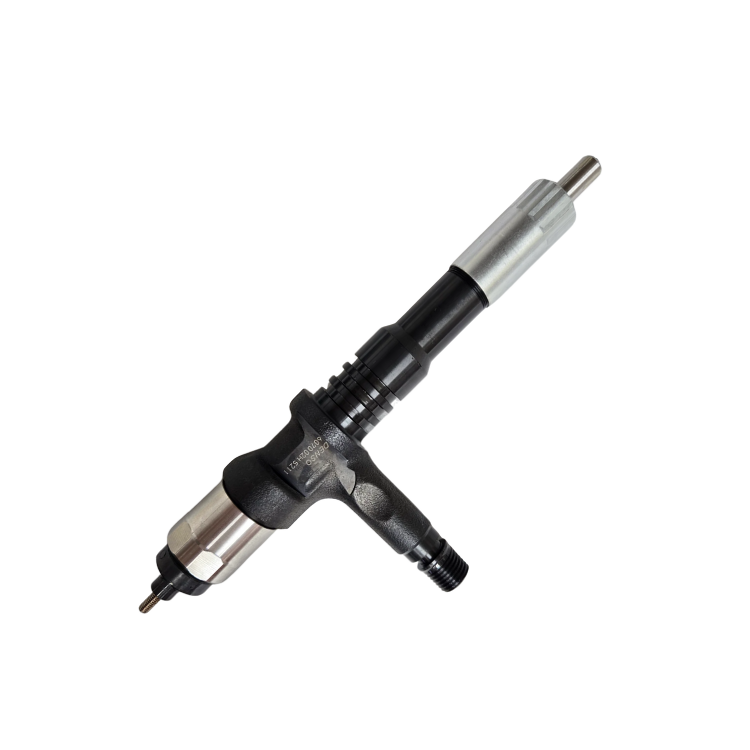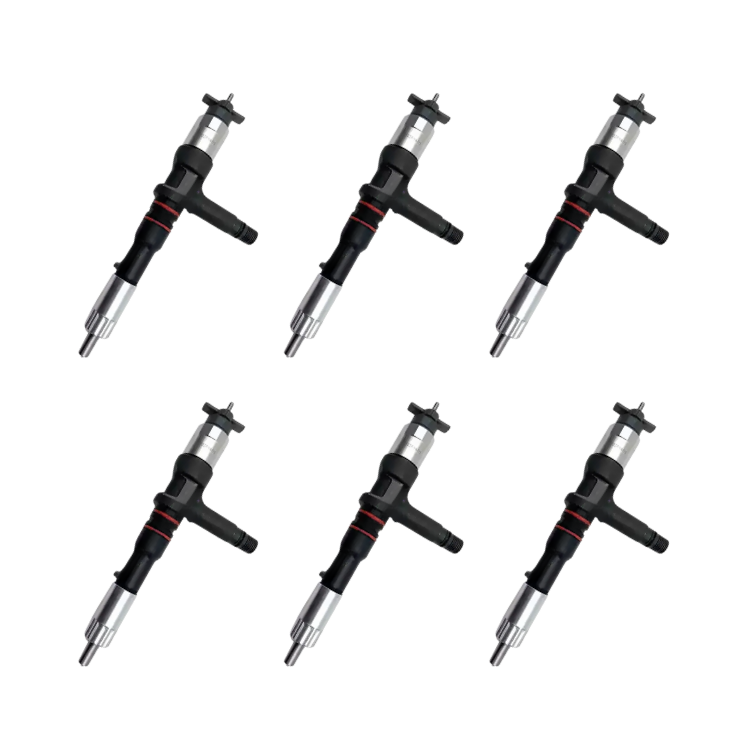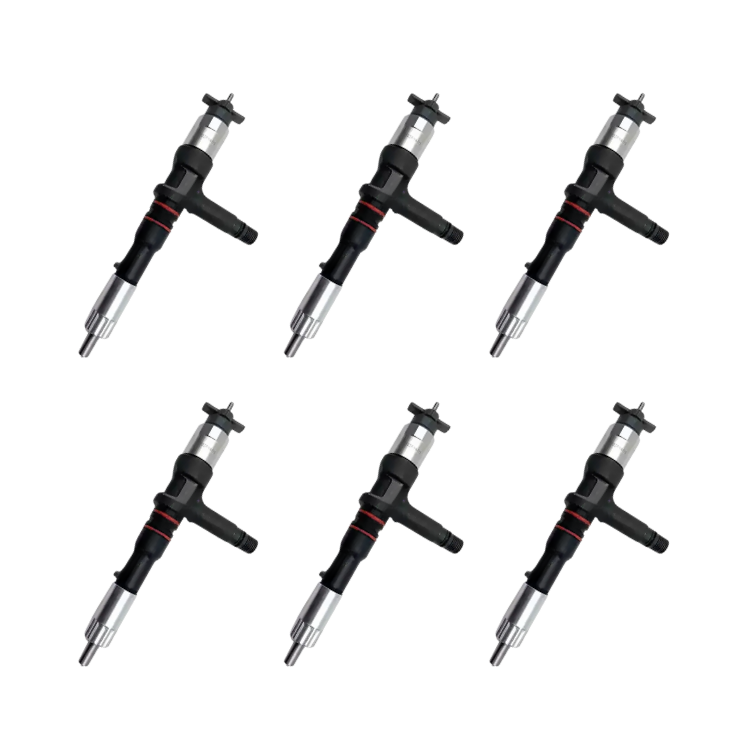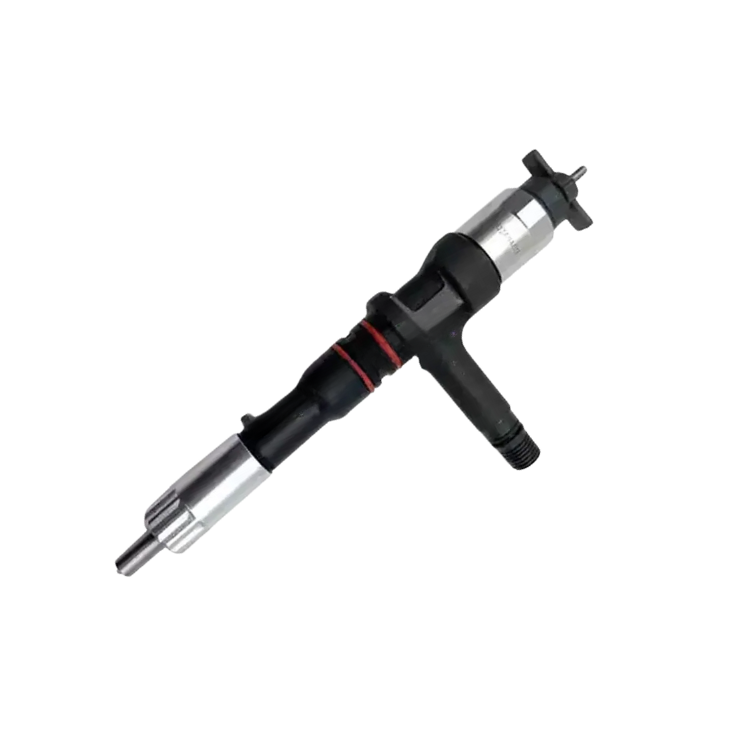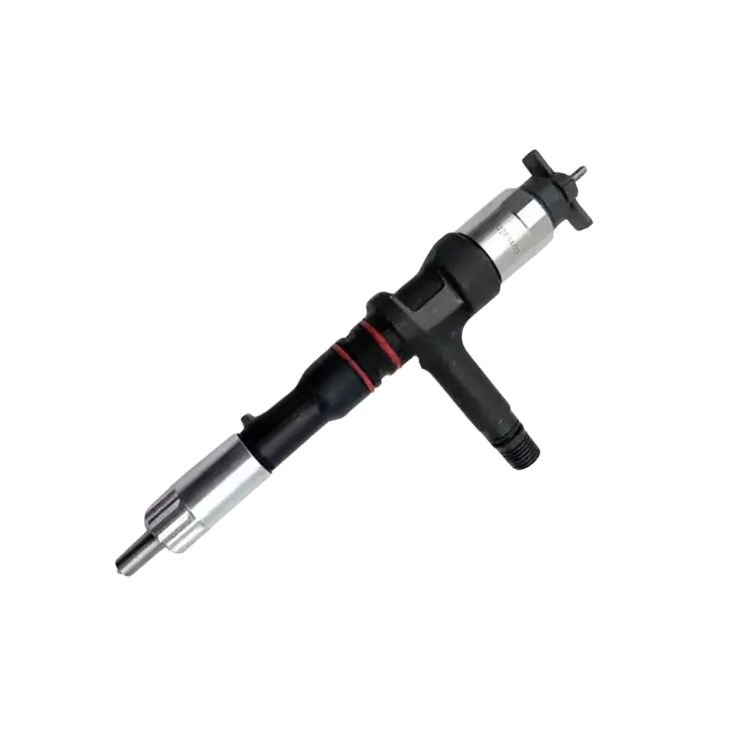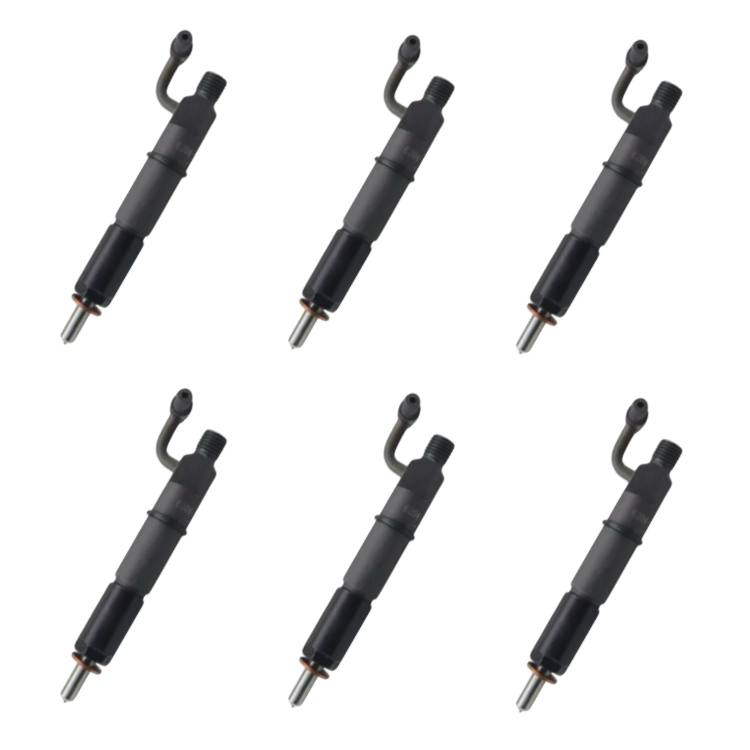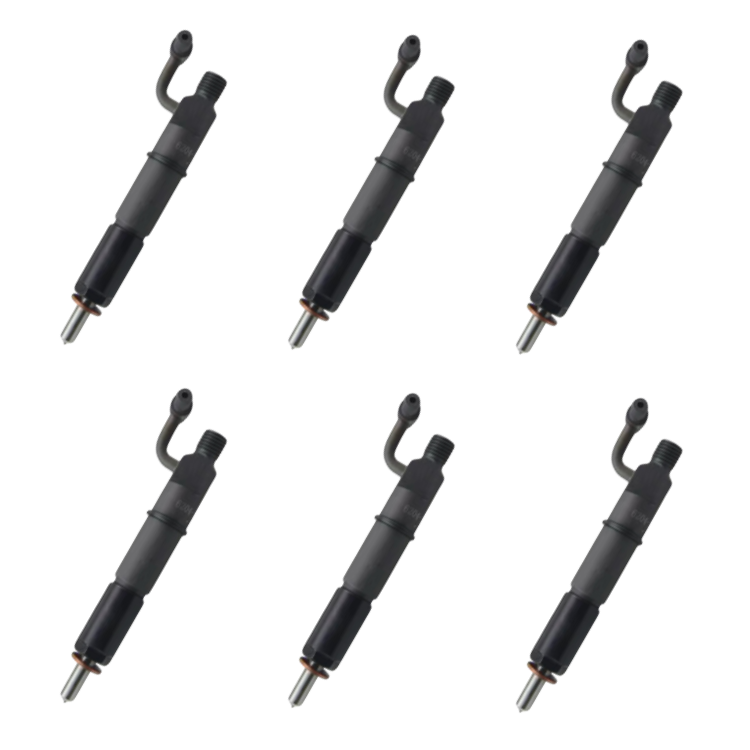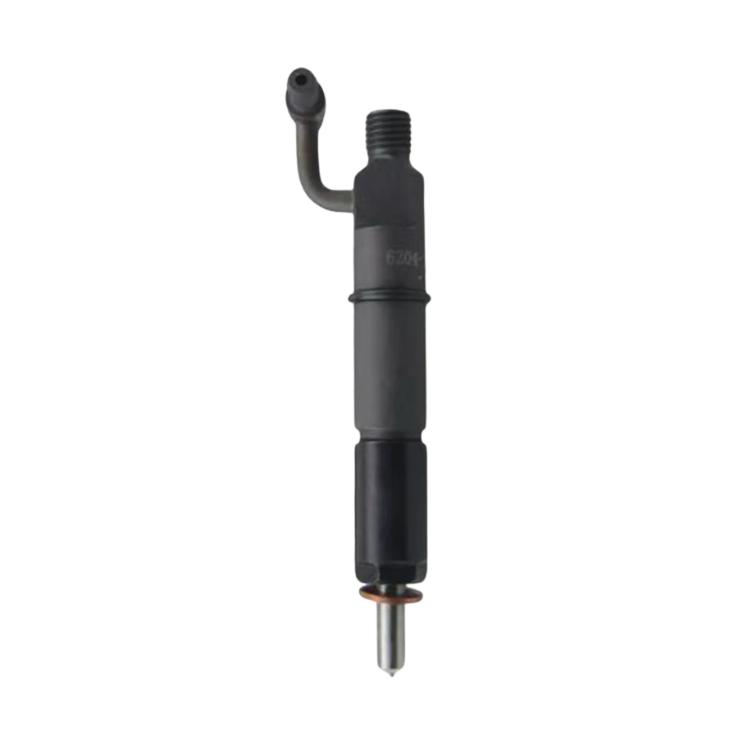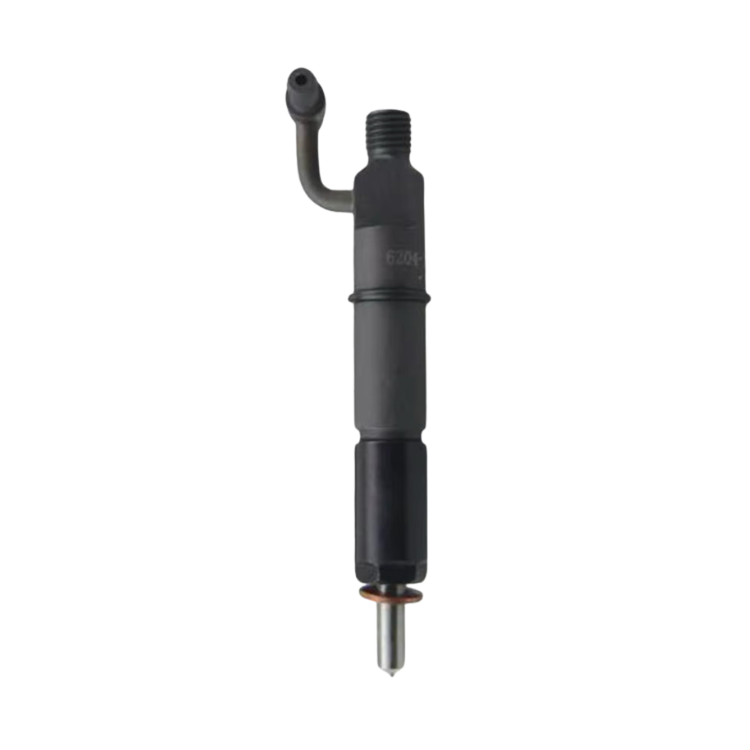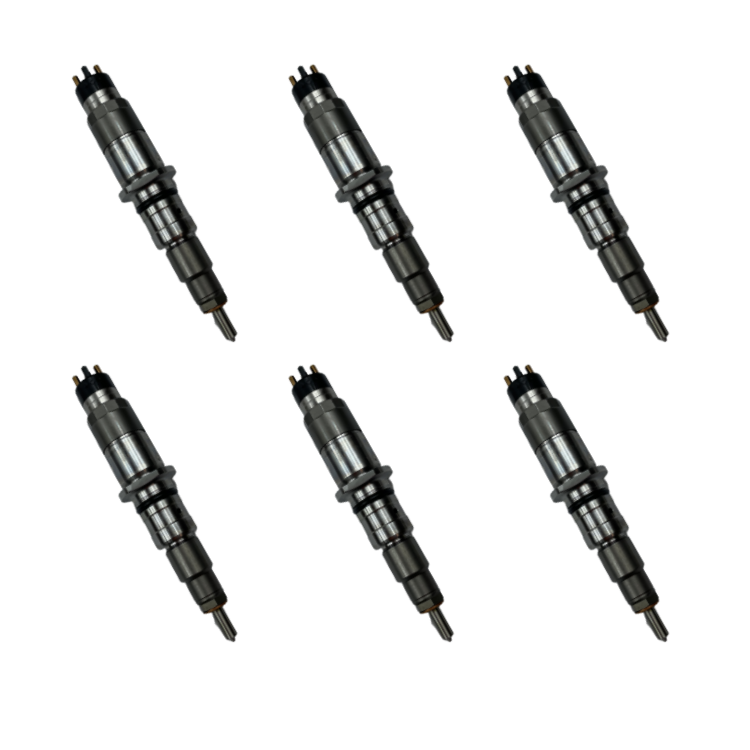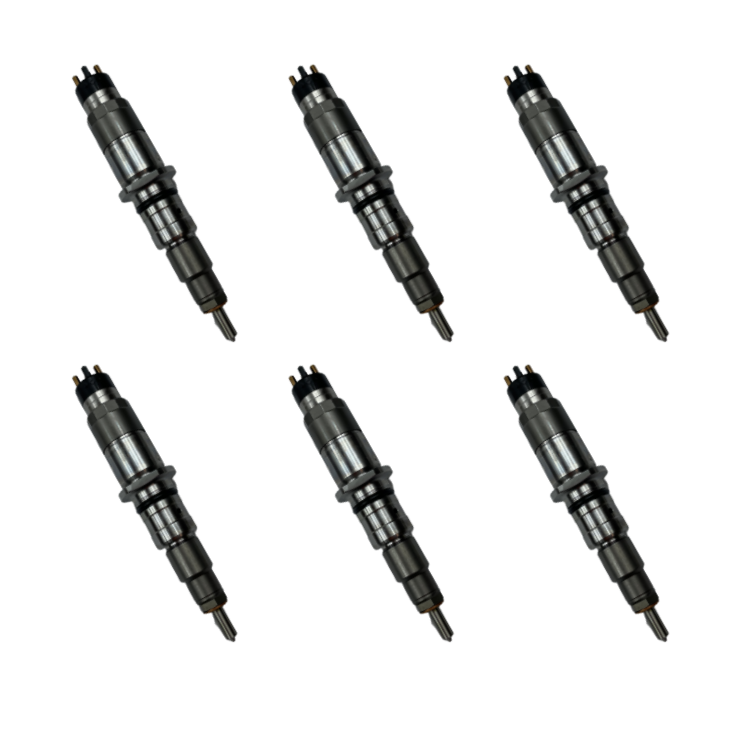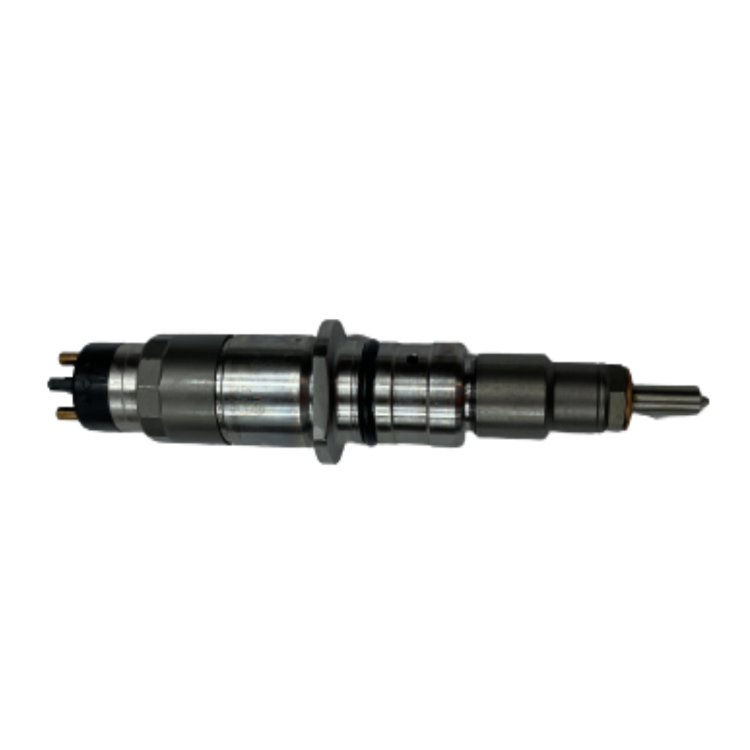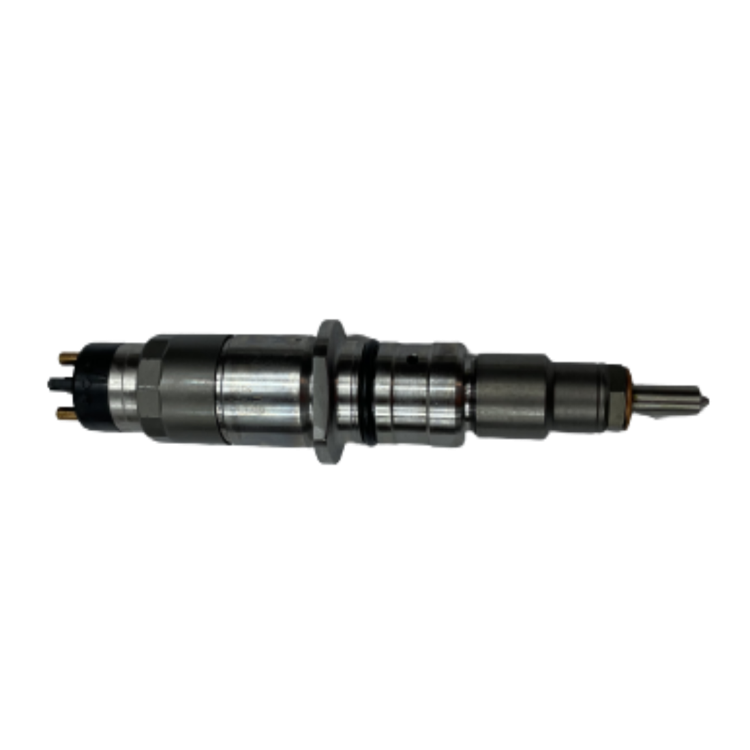If your fuel injector has failed, it’s important to take the right steps to prevent further engine damage and restore smooth operation. Ignoring the issue can lead to misfires, rough idling, and even engine failure.
Step-by-Step Action Plan:
- Confirm the Diagnosis
- Use an OBD-II scanner to verify injector-related error codes. You can also have a mechanic run a diagnostic to rule out other issues like ignition coil problems or spark plug wear.
- Stop Driving
- Driving with a bad injector can cause fuel imbalance and harm other engine components. Avoid operating the vehicle until the problem is resolved.
- Replace the Injector
- A faulty injector typically needs to be replaced. Always use a high-quality part that matches your vehicle’s make and model.
- Check Other Injectors
- If one injector failed due to debris or clogging, others may be at risk. It’s wise to inspect all of them during the repair.
- Flush the Fuel System
- Clean the fuel rail and consider adding a fuel system cleaner to help prevent future buildup.
By acting quickly and thoroughly, you can avoid long-term engine issues and keep your vehicle running dependably.








